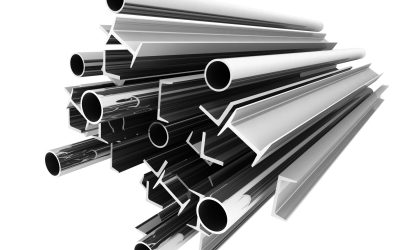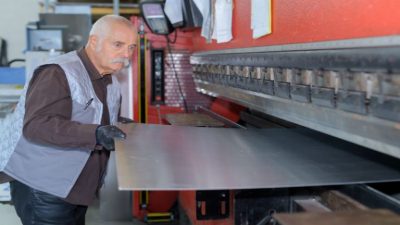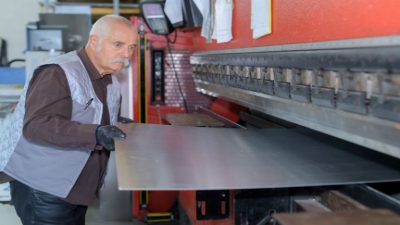Zinc nickel plating is becoming more widely acknowledged as a primary technique in the manufacturing and automotive industries because of its superior corrosion resistance and endurance. Understanding the requirements and uses of this plating process is critical for manufacturers looking to improve their product’s performance and durability.
The Basics of Zinc Nickel Plating
Zinc nickel plating is the process of depositing a zinc-nickel alloy onto a substrate, which is commonly steel or iron. The technique forms a protective layer on the substrate, considerably increasing its resistance to corrosion, abrasion, and other environmental influences. Particularly in severe environments where increased endurance is required, people frequently choose the zinc-nickel alloy for its performance over typical zinc plating. One of the most valuable aspects of zinc-nickel plating is its ability to form a protective barrier that prevents the underlying metal from corroding. It is especially critical in businesses where components are subjected to dampness, chemicals, or high temperatures. The intended use and the environmental conditions under which the component will operate determine the specific thickness required.
Advantages of Zinc Nickel Plating
The use of zinc nickel plating has various advantages, especially in areas where corrosion resistance is critical. One of the most notable advantages is its higher corrosion resistance than ordinary zinc plating. The presence of nickel in the alloy encourages the creation of a more robust and durable coating that can withstand harsh environmental conditions. In addition, zinc-nickel plating has exceptional adhesive capabilities. The plating process creates a strong link between the coating and the substrate, reducing the likelihood of flaking or peeling over time. This property is critical for components subjected to mechanical stress or vibration because it assures long-term functioning. Another benefit of zinc nickel plating is that it is compatible with many post-treatment techniques. For instance, producers can enhance the protective characteristics of components by applying extra treatments like passivation or sealing. These post-treatment choices enable producers to tailor the coating to specific performance requirements, making it an adaptable solution for a variety of applications. The procedure generates a visually pleasing finish, which can improve the overall appearance of components.
Applications of Zinc Nickel Plating
Zinc nickel plating has several applications in areas such as automotive, aerospace, electronics, and manufacturing. Automotive components like fasteners, brackets, and structural sections commonly use zinc nickel plating to enhance their corrosion and wear resistance. This is especially true for automobiles exposed to road salt, dampness, and other corrosive substances. Zinc nickel plating is used on aircraft components that require a lightweight but durable protective layer. The aviation sector requires materials that can tolerate severe temperatures; thus, zinc-nickel plating is an excellent answer. Zinc nickel plating is beneficial in the electronics industry, particularly for producing connections and other electrical components. Understanding zinc nickel plating specification is essential for manufacturers aiming to improve the durability and corrosion resistance of their products. The coating’s ability to provide excellent conductivity while remaining corrosion-resistant makes it an attractive option for electrical applications. Companies can improve their goods’ performance and longevity by adhering to accepted standards and adopting sophisticated plating techniques, resulting in enhanced customer satisfaction.



